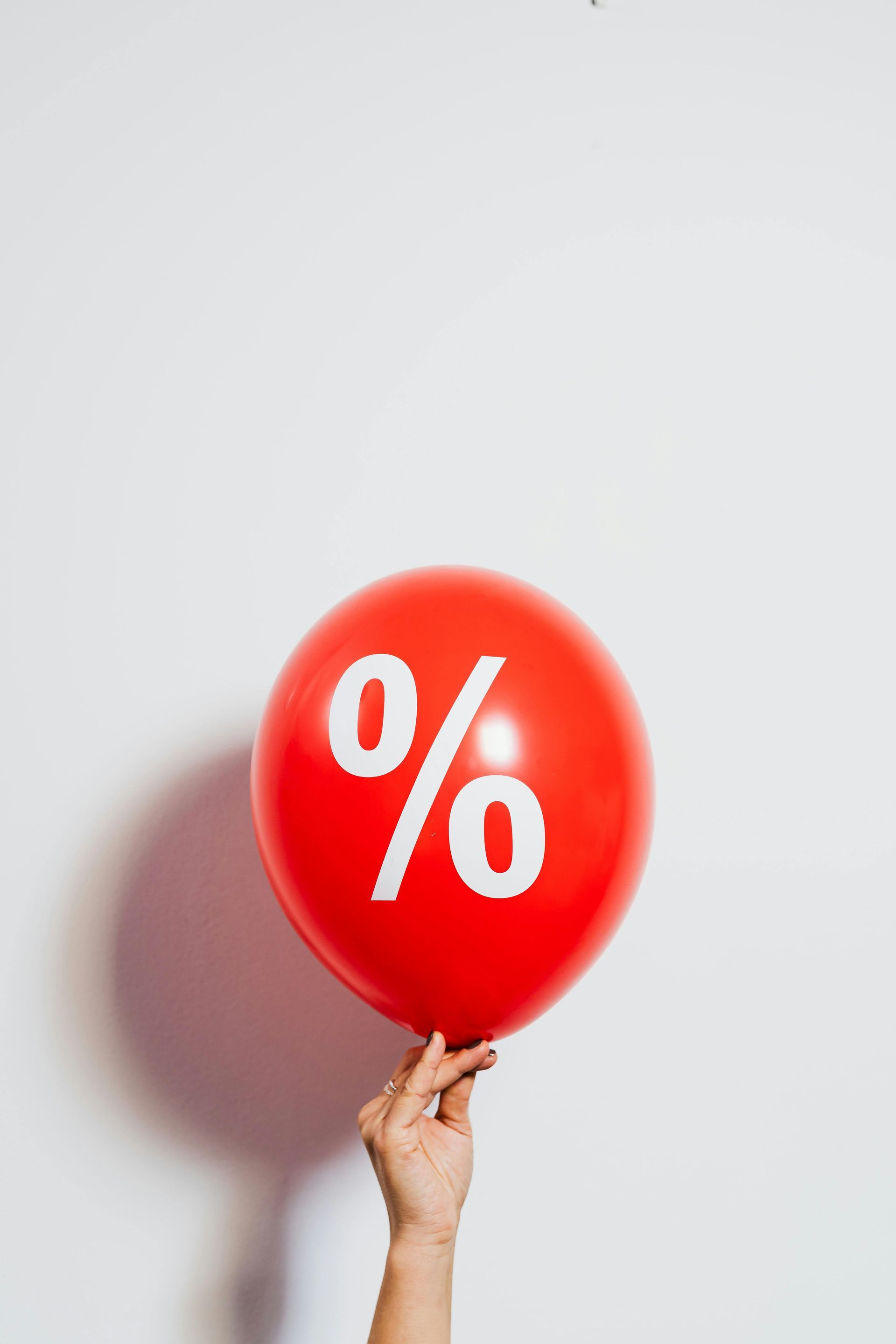Coupons as a Marketing Tool: Pros, Cons, and Tips
Updated: April 15, 2025
Should you offer coupons to boost your business, or is it the marketing tool of last resort? Here's a checklist to help you decide.
A lot of businesses think offering a reduced price on products or services is going to improve their bottom line. Not necessarily. The following pros and cons list, and the considerations at the end of this post, will help you decide when it's right to offer a lower price or discount.
Discounts Should Be Your Last Promotional Tool. Not Your First.
yet not always
Using discounts or not depends on many factors, including your business model and what you’re trying to accomplish. It’s not always the quick fix you hope for, but sometimes it can be the quick fix, say, for acquiring new trial or getting rid of outdated inventory. Some quick "research" using AI shows lots of positive results, yet it depends who, what, and how you're using them. That means you need to think about how the can be used successfully in your business to meet your goals.
The simple truth is coupons or discounts are advertising. That is, you’re paying to attract customers. Think your strategy through before you take the plunge.

PROS
- May result in a quick infusion of cash.
- May be a quick way to unload inventory.
- Like sampling, coupons remove some of the barriers to first-time trial, making it easier for people to try before they buy (at full price).
- May encourage brand switching.
- Getting people in the door for the initial offer may lead to add-on sales for items that weren't discounted.
- May attract first-time buyers, which could increase your customer base for the long-term.
- Some coupons are never redeemed, so you get some of the awareness-building effect for free.
Did I miss any pros?
If you can think of other positives or ways you've used coupons or discounting successfully, LMK
CONS
- Can be costly; be sure you understand what you can afford to give away. Don't forget to include the coupon service's share in your calculations. See the math article referenced under Tips.
- May not be sustainable as a promotional strategy – customers may only buy the discounted item. New customers may not come back.
- Cannibalization of existing revenue. In other words, you’re giving a discount to those people who would buy from you at regular price anyway. One way to avoid this is by limiting the offer to first time buyers or setting the geographic distribution of the coupons outside your normal target area (which may not be possible with some social couponing services).
- P.O. Factor – could alienate the people who aren’t offered the discount. For example, loyal customers who feel they should get some kind of reward, rather than only catering to new customers.
- May lessen the perceived value or quality of the item being offered, especially when it comes to products or services people value based on their price.
- Potential negative impact on brand image – could make you look cheap, especially if you have a luxury brand or are discounting items no one would want anyway.
- Customers may get used to waiting for deals, rather than paying full price.
- Discounted customers may crowd out your regulars if you have fixed capacity.
- Your employees may limit the quality of their services if they feel they’d be tipped less based on the decreased amount of the bill.
Compete on value, not price
Competing on the real value you provide is always better than competing on price. Focus on promoting your benefits to the customer, rather than discounting your price (unless that’s your business model and you expect to do a great amount of volume, like the Dollar Store).
Know your profit margin, not just costs
Understand your profit margin on an item before you decide on the discount amount; be sure to include overhead in your calculation. It shouldn’t just be the cost of materials, but of producing the item as well. If you run at pretty thin profit margins, offering coupons could mean you’re offering items at a loss – otherwise known as a loss leader. That may work great for supermarkets, because they expect the buyer to purchase a shopping cart full of items at the regular price. You may not be able to afford that luxury. Jay Goltz explains the math well in his New York Times article.
What is your customer's POV?
Always consider your offer from the customer’s point of view. Will they find it valuable? Will they buy more than the discounted item? Will they come back again after the initial purchase without the discount incentive? Will they think less of your business because of it?
Assess what the impact will be on both existing and new customers.
Take the long view
Weigh the cost of acquiring the customer against their lifetime value, not just what you’re going to make on that one-shot deal.
Don't underestimate customers
Don’t forget, if the customer is smart (and please don’t underestimate this), they’re also considering what it will cost them over the lifetime of use. In other words, one month free phone service is pretty insignificant compared to the long-term expense.
What's the impact of the discount?
Similarly, consider the impact of the percentage discount on an item, i.e., $300 off or 1% off the purchase of a $30K car will not motivate a buyer to purchase.
Customer value vs. your cost to deliver
Ideally, the perceived value should exceed the actual cost to you of providing the discount. For example, if your business model involves high fixed costs, like a movie theater, it doesn’t cost much to give away a seat that may go unfilled anyway.
Set the terms
Set limits when appropriate and available, such as expiration date, minimum number of buyers required before anyone can redeem, “first time buyers only”, restrict to less expensive or easier-to-deliver services, small denominations that can’t be used on the same purchase, like a minimum amount off per meal. Alex Salkever in his article “Is Groupon Changing What People Are Willing to Pay?” said it well, “Watered-down offers will inevitably result in watered-down interest, because customers aren't stupid. But small-business owners aren't either, and they're the ones who must find the balancing point between deals good enough to lure customers in, and deals so good they make customers rethink their idea of fair value.”
Attract new customers
If you’re offering a service, the first-time delivery of that service may be at a high cost to you. However, if subsequent services cost you less, it may make sense to pull in those customers for a first-time deal, because your cost will decrease over time; which means you’ll get a bigger margin over time. A good example of this could be housecleaning, where the first cleaning is more costly, but return touch-up visits require less work.



